Best Seasons for Foundation Repairs
Foundation repairs are most effectively performed during specific times of the year when environmental conditions favor stable and lasting results. The optimal seasons typically include late spring and early fall, when soil moisture levels are moderate, reducing the risk of further shifting or cracking. Conducting repairs during these periods can help ensure better soil stability and adherence of repair materials.
Extreme weather conditions, such as heavy rain or freezing temperatures, can hinder foundation repair work. Cold weather can cause materials to cure improperly, while excessive moisture can lead to ongoing soil movement. Therefore, timing repairs when the weather is mild and soil conditions are stable can contribute to the longevity of the repair work.
Soil stability varies with seasons; repairs are best in periods of moderate moisture to prevent future shifting.
Warm, dry weather facilitates proper curing of repair materials and reduces complications.
Avoid repairs during heavy rain or freezing temperatures to ensure optimal results.
Spring and fall generally offer the most favorable conditions for foundation work.
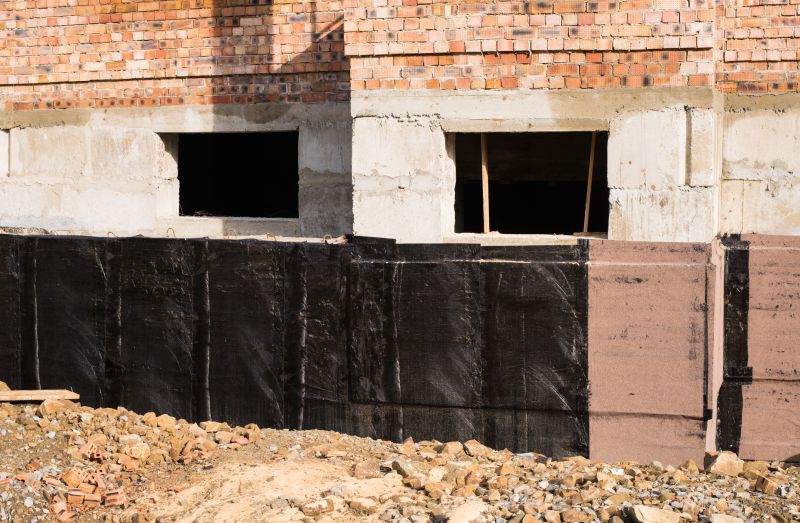
Spring offers moderate soil moisture and mild weather, ideal for repairs.

Fall provides cooler temperatures and stable soil conditions for effective repairs.

Optimal weather minimizes delays and ensures proper curing of materials.
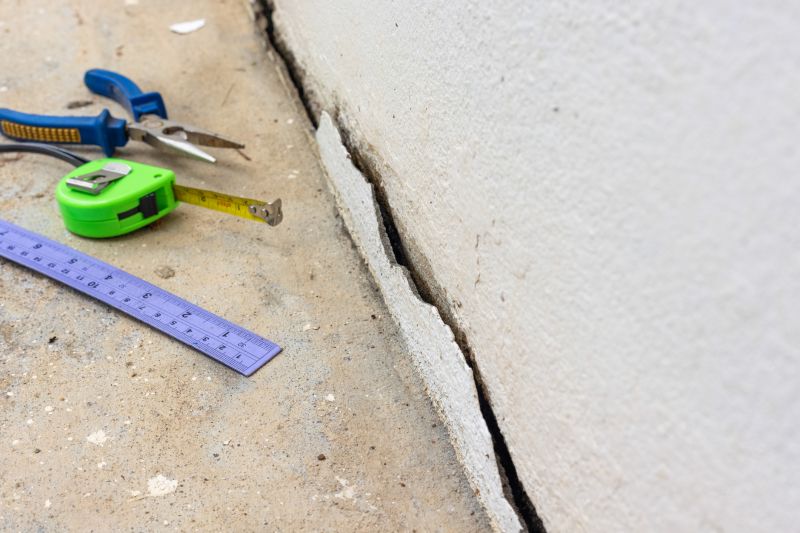
Ways to make Foundation Repairs work in tight or awkward layouts.
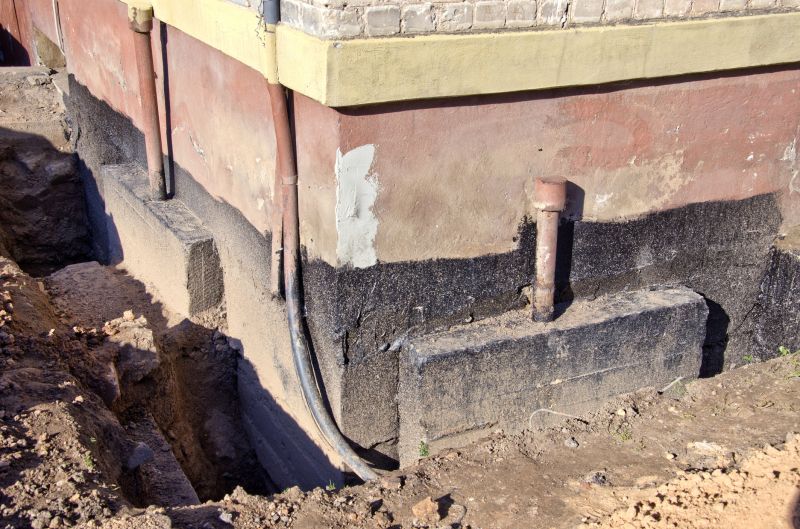
Popular materials for Foundation Repairs and why they hold up over time.
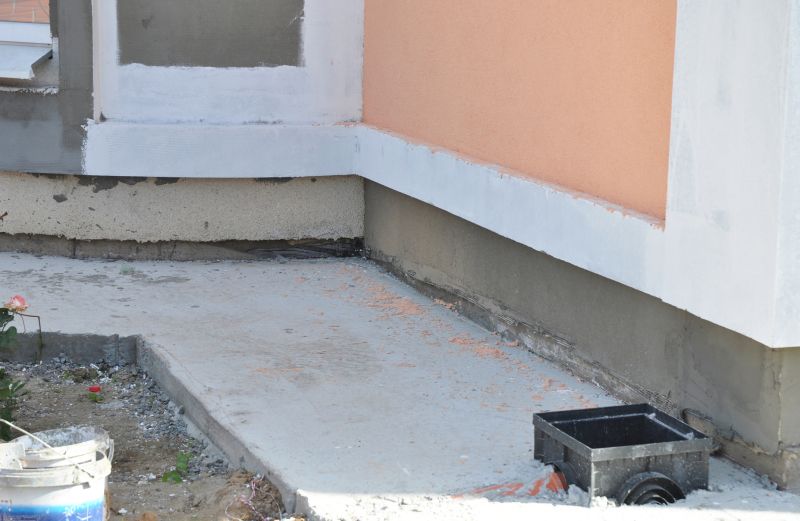
Simple add-ons that improve Foundation Repairs without blowing the budget.
| Season | Advantages |
|---|---|
| Spring | Moderate soil moisture, mild temperatures, good for curing repairs. |
| Summer | Longer days, warmer weather, but can be too dry or hot for some repairs. |
| Fall | Cooler temperatures, stable soil, ideal for scheduling repairs. |
| Winter | Often too cold and wet, delaying or complicating repair work. |
Foundation repairs address issues such as cracking, settling, and shifting that can compromise structural integrity. Early detection and timely intervention are crucial to prevent further damage and costly repairs. Soil movement, driven by moisture fluctuations and temperature changes, is a primary factor influencing foundation stability. Repair methods include underpinning, piering, and stabilization, which are most effective when performed under suitable environmental conditions.

A detailed view of underpinning work stabilizing a foundation.
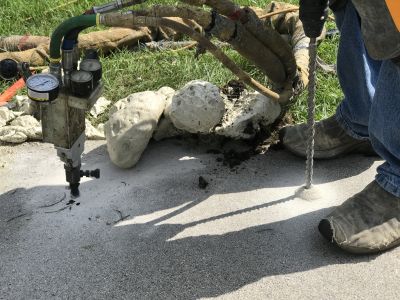
Specialized equipment used for foundation stabilization.
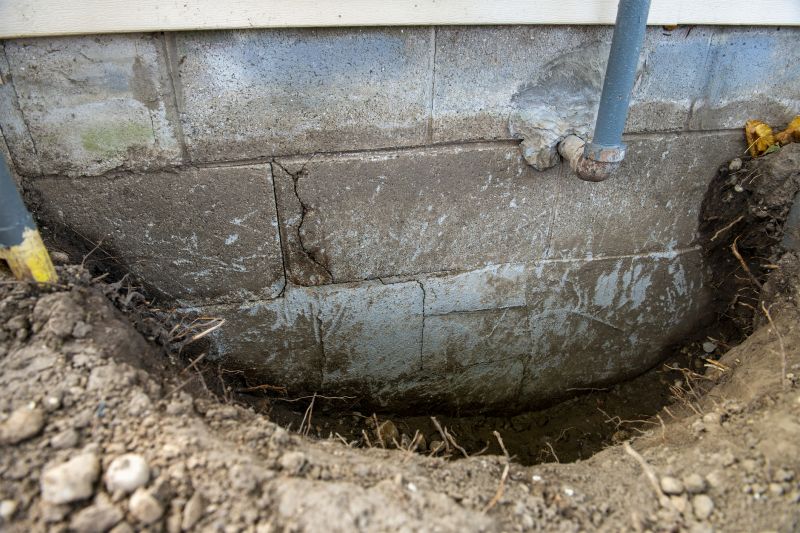
Common signs indicating the need for repairs.

Completed repairs ensuring long-term stability.

High-end options that actually feel worth it for Foundation Repairs.

Finishes and colors that play nicely with Foundation Repairs.
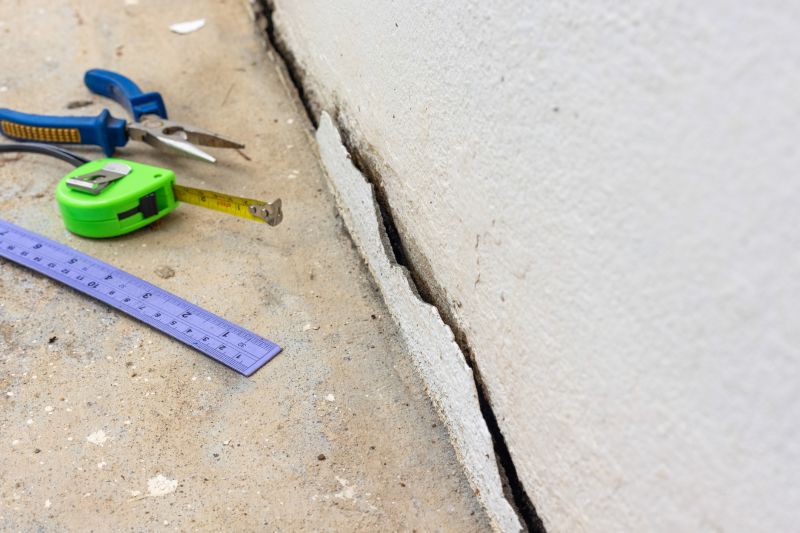
Little measurements that prevent headaches on Foundation Repairs day.

A 60-second routine that keeps Foundation Repairs looking new.
Timely foundation repairs can prevent further structural issues and maintain property value. Understanding the optimal timing based on seasonal and weather conditions can significantly influence the success and durability of the repair work. Regular inspections and early intervention are key to addressing foundation concerns effectively.




